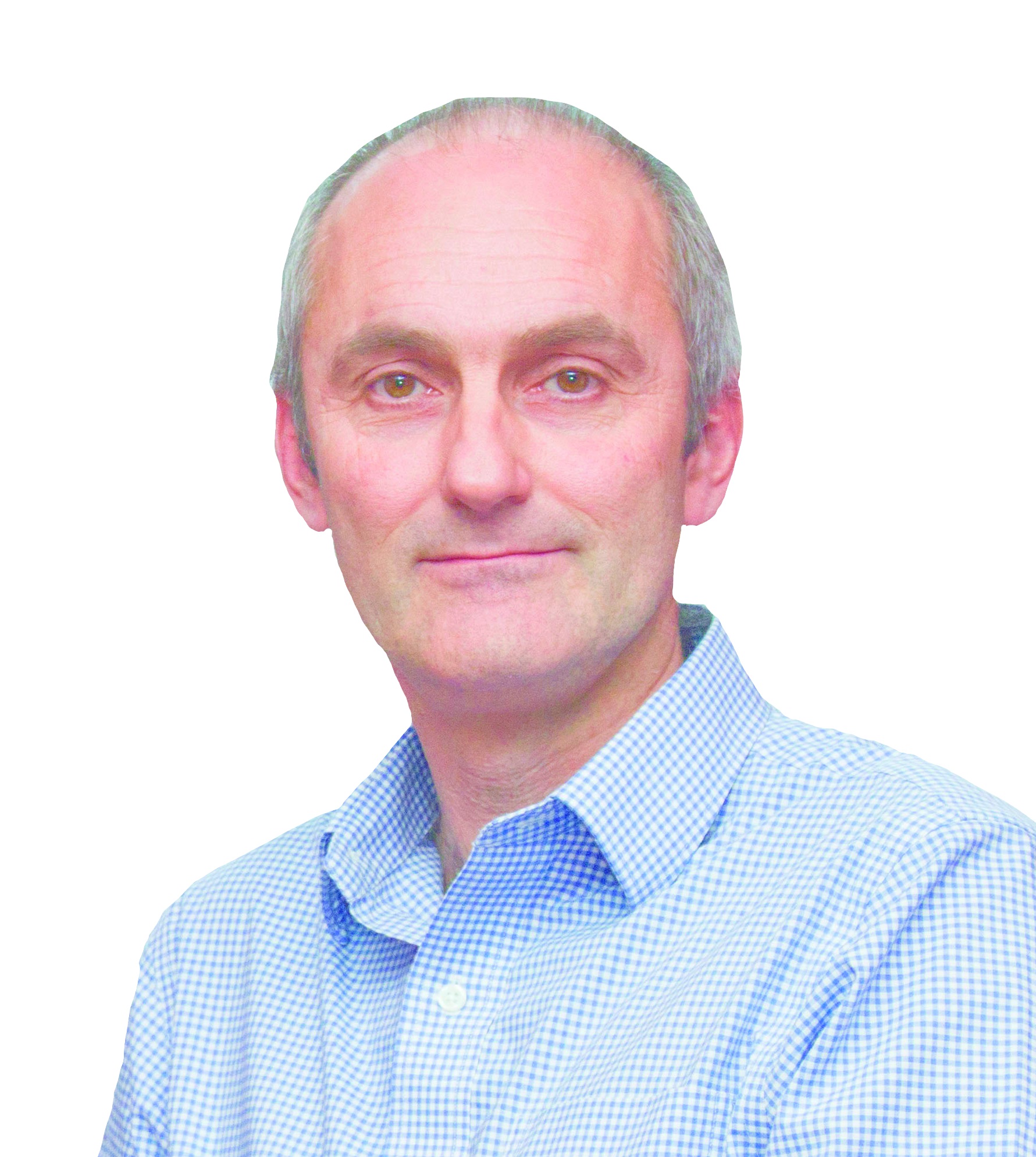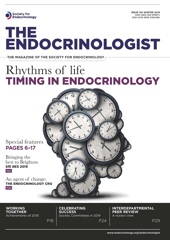In the clinic, we are blessed with a superb range of potent, safe drugs, with established mechanisms of action and indications. These new weapons against disease make current physicians ‘masters of the universe’, holding in their hands the power of life and death. But do we use this power wisely?
All life on Earth ticks in time to the solar cycle. As our planet rotates, we experience changes in ambient light and temperature, with attendant changes in threat level and food availability. Humans, with relatively poor nocturnal special senses, are best able to find food during the day and, having fed, need a protected shelter to avoid predation by night. These fundamental needs drive much of human biology, through a system of internal timing mechanisms: the circadian clock. Understanding how this ancient survival mechanism impacts upon disease susceptibility and treatment response is new – an exciting field termed chronotherapeutics.
EXAMINING THE EVIDENCE
It has been known since the 1950s that the statin class of drugs acts on a target, HMG-CoA reductase, that is only expressed in the liver at night. Therefore, simvastatin is prescribed to be taken at night, and the timing instruction is in the product insert. However, many patients don’t know, or forget, this timing information, and dose in the morning: conditions of use likely to yield no therapeutic benefit. It’s one example, but one which is well worked out. What about others?
Human clinical trials data are freely available and, in many cases, it is possible to identify individual drug administration times. In this way, it is possible to conduct virtual trials comparing active drug administration at different times of the day. These virtual trials can be done quickly, and at low cost, as the analysis is entirely at the level of the data.
These important studies have revealed striking findings related to the pharmacokinetics of the drugs and the therapeutic responses. So, time of day differences in response are common. The drugs likely to be implicated tend to have short half-lives (<8 hours). The indications include inflammatory, metabolic, vascular and neurological diseases. The trial re-analyses are now all publicly available, and can be used by patients, professionals and healthcare organisations to compare current practice with the ideal, correct time!1
DAMAGE LIMITATION
In addition to evidence linking timing to drug duration of action and efficacy, there has been interest in applying clock logic to address the therapeutic index of effective drugs with significant toxicity, for example chemotherapy.
Francis Levy has undertaken some pioneering work looking at chemotherapy responses of tumour tissue and host healthy tissue. He has identified the presence of windows of opportunity where host sensitivity is at its lowest, so offering the chance for higher dosing of the active agent to more effectively hit the cancer, while sparing the rest of the body.
This application of clock logic to cancer medicine relies on there being differences in the operation of the circadian clock in cancer cells, or differential coupling of the core clock to output pathways. The proof of principle studies are done, but the difficulty in application lies in heterogeneity between patients in terms of endogenous clock phase, as well as heterogeneity within the tumours.
THE PERSONAL CLOCK
The application of time as a new way to personalise medicine is attractive. However, people show differences in circadian phase, with some being early, and some late. We refer to these differences using avian analogies: larks and owls. In addition, chronotype changes by age and sex, and internal timing systems will synchronise with behaviour, so shift workers have shifted clocks.
What would be ideal would be a simple way to determine a person’s circadian phase, so that a drug can be timed to that individual’s internal clock, and not the clock on the wall.
Currently, the gold standard is to take frequent blood samples, in dim light through the evening, to measure the rise in melatonin, the brain hormone needed for sleep. This dim-light melatonin onset (DLMO) is a research tool, and totally unsuited to clinical application.
To get round this log jam, a number of investigators are working on a simple, single blood test, to measure a biomarker of clock phase. Multiple models are new described, and validated, with an error of approximately 2 hours compared with the DLMO. Therefore, it is now possible to measure circadian phase in the clinic, and use that as the anchor point to time drug administration, e.g. ‘6 hours after the circadian peak of a core clock gene’.
A JUSTIFIABLE EXPENSE
Drug development has a very high cost, with many promising compounds left as casualties by the road. Many of these molecules show engagement with the target, but fail in the clinic. If 40% of drug targets oscillate under circadian control, a potential and avoidable cause of clinical failure is the mismatch between administration time and the peak expression of the drug target. While comparing multiple times of day within a single trial greatly increases costs, there is a strong argument for considering time of day as a critical determinant of the study protocol.
So, what do we know? It’s later than we think, but not too late to change. We can embrace the new biology of the circadian clock to enhance diagnostics and therapeutics for widespread human benefit.
David Ray, Oxford Centre for Diabetes, Endocrinology and Metabolism
REFERENCE
- Ruben MD et al. 2019 Science 365 547–549.






